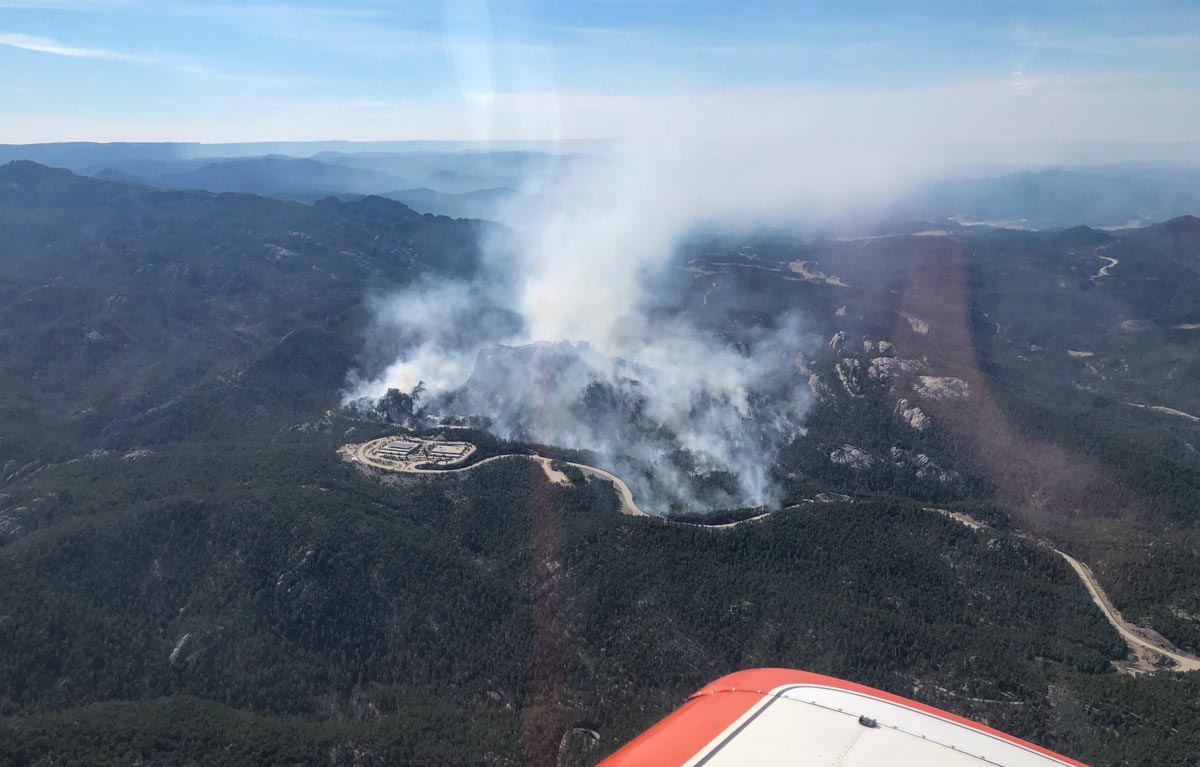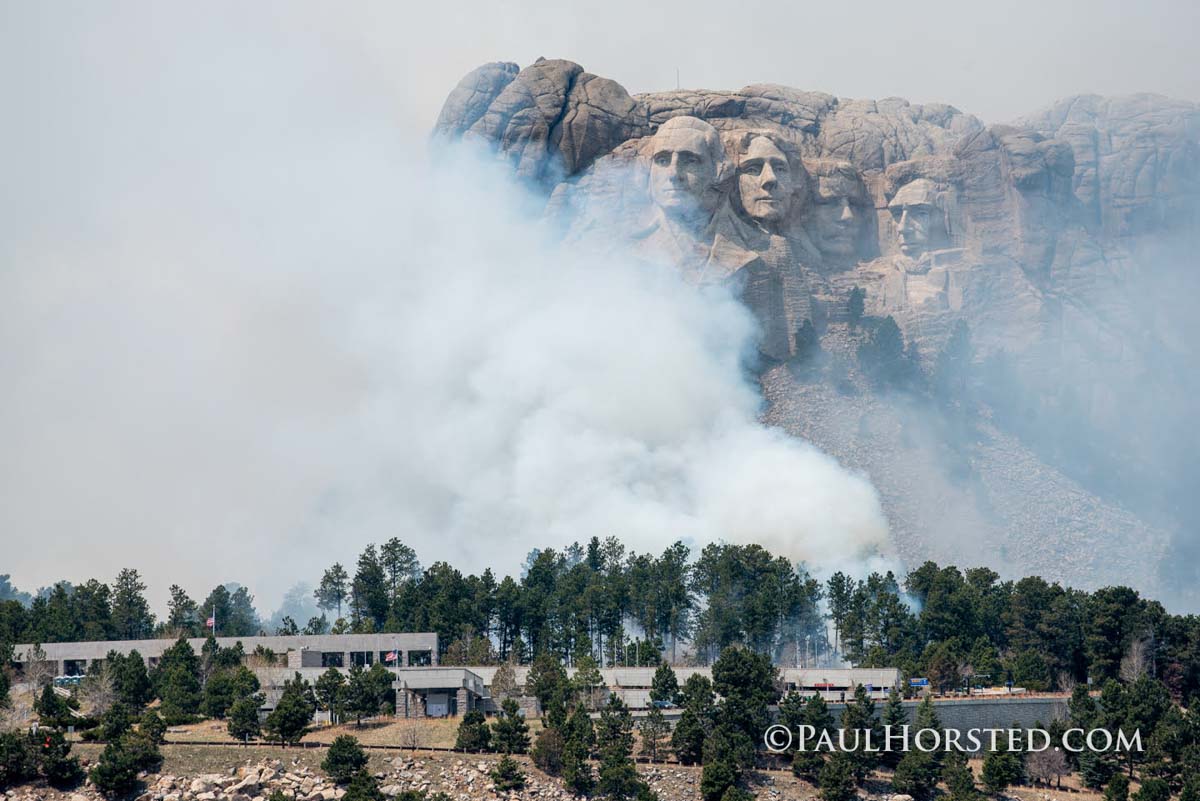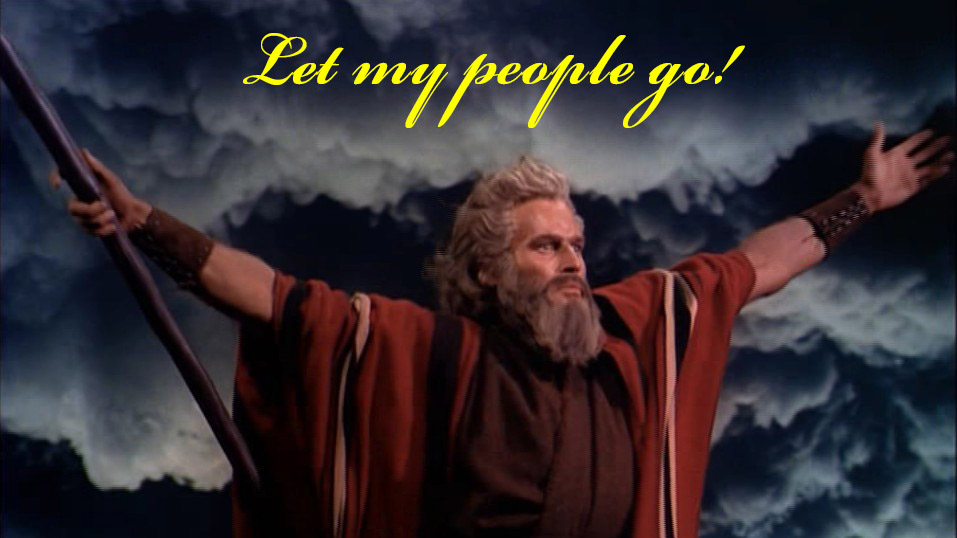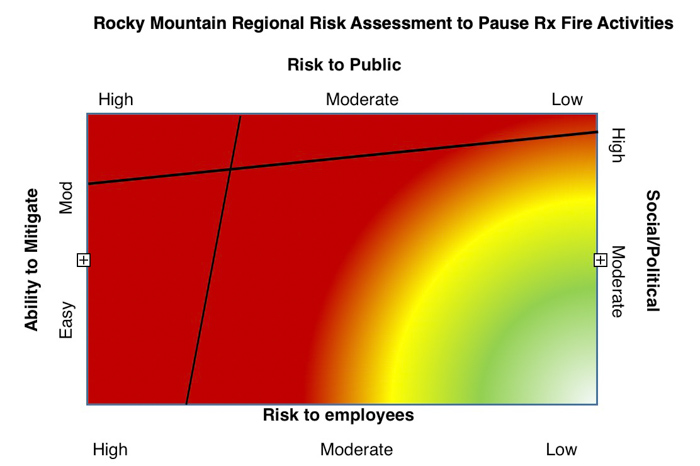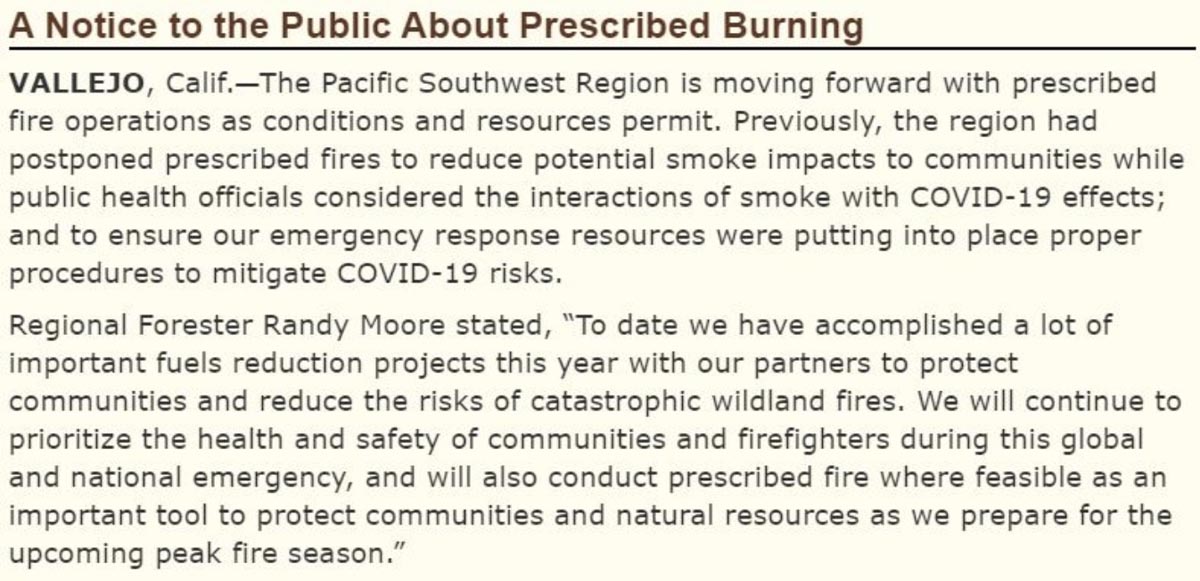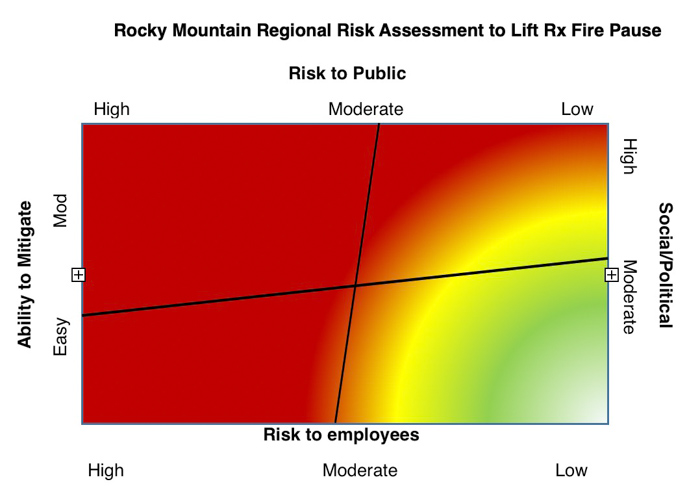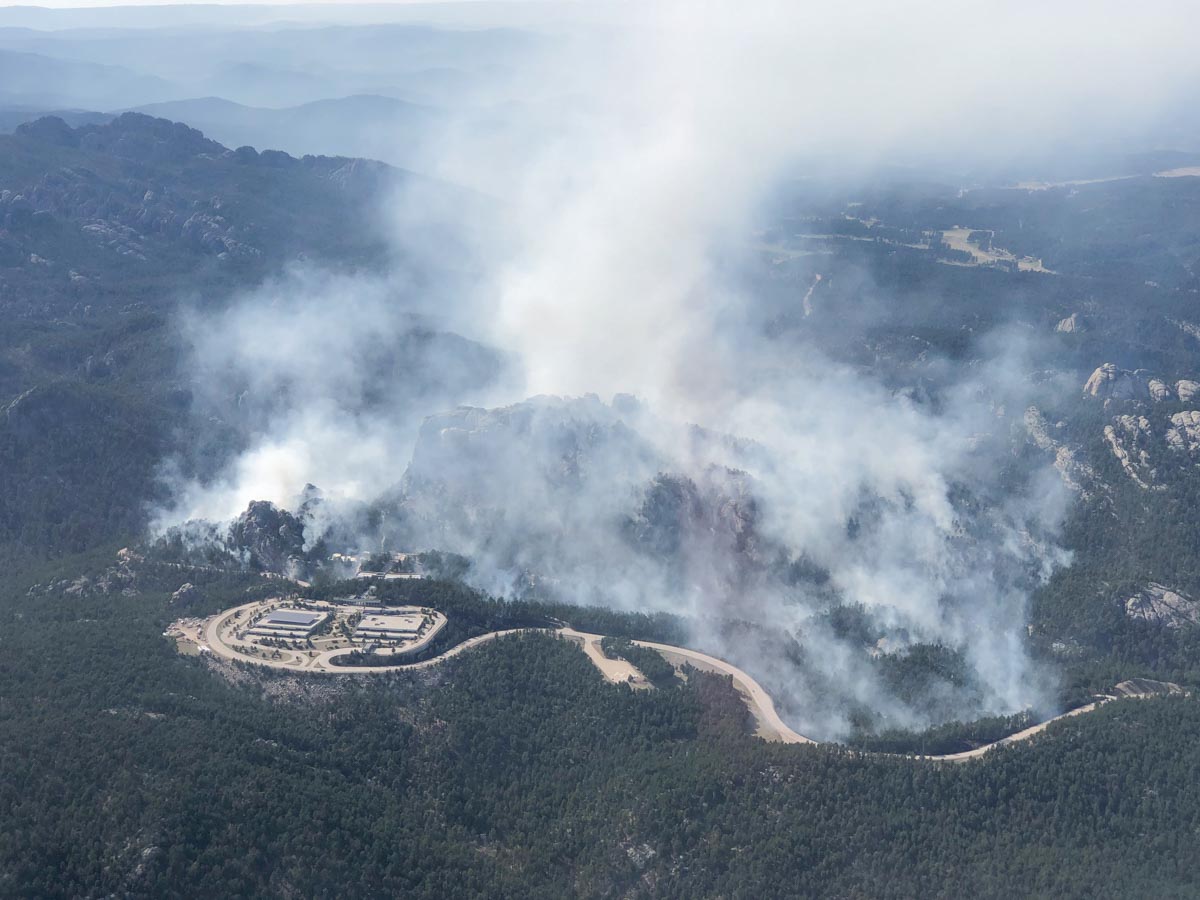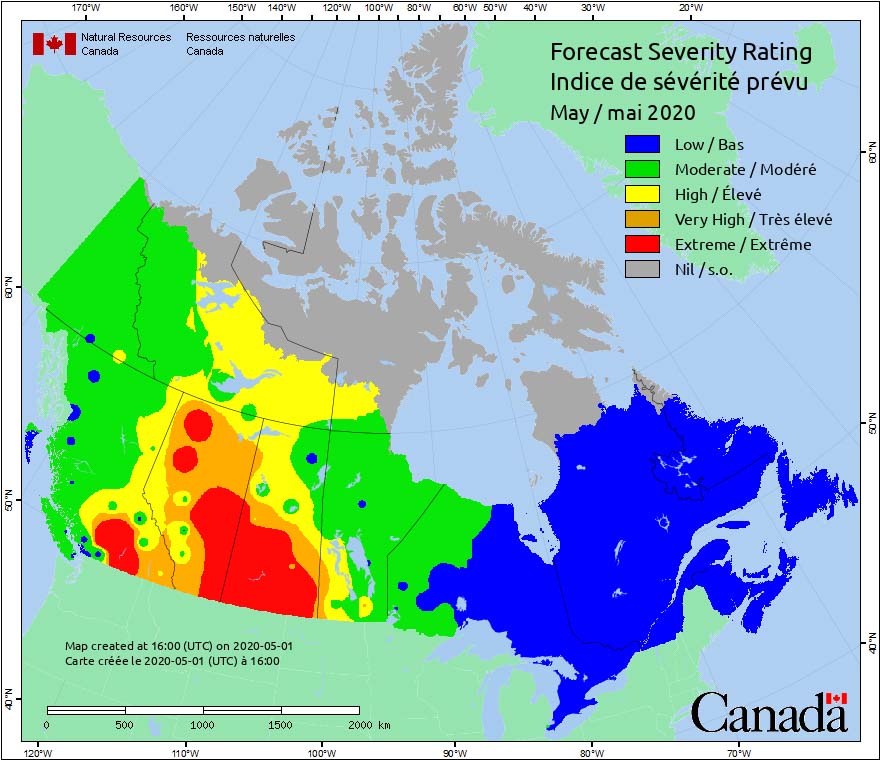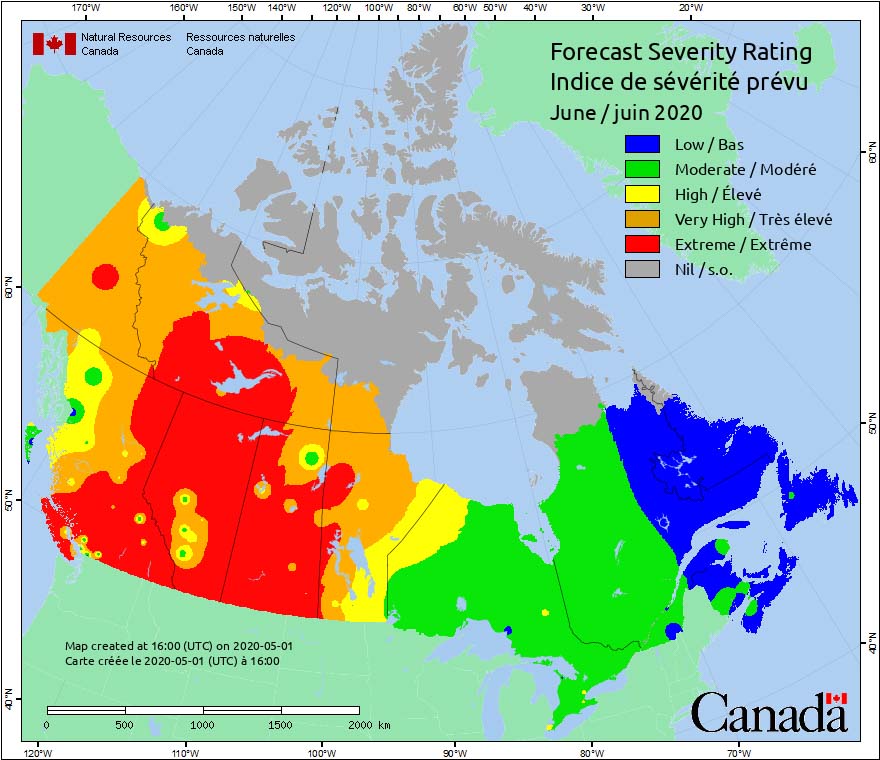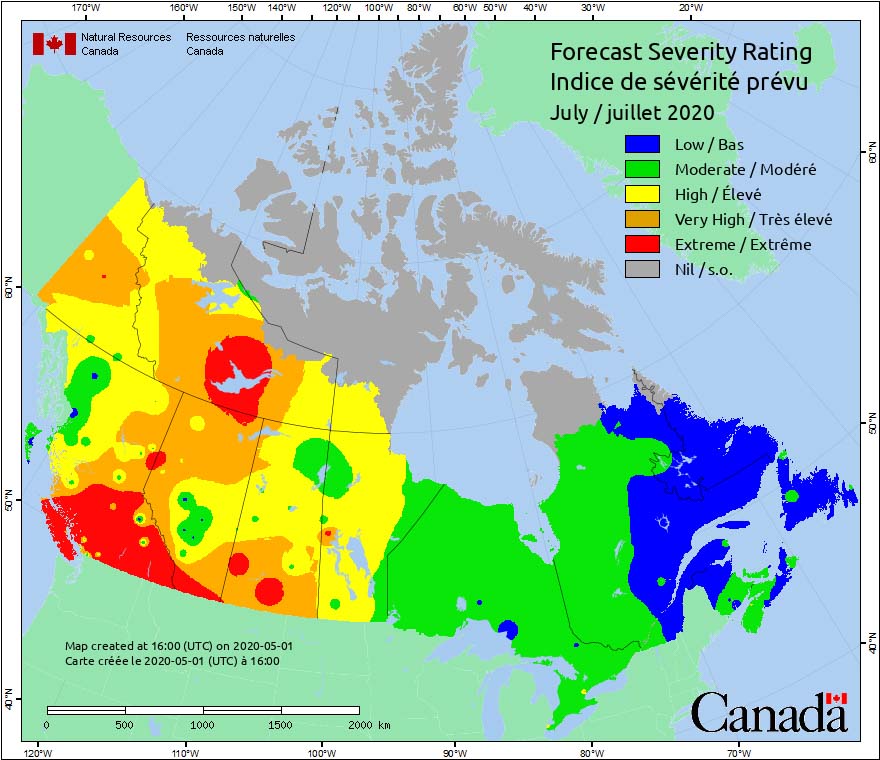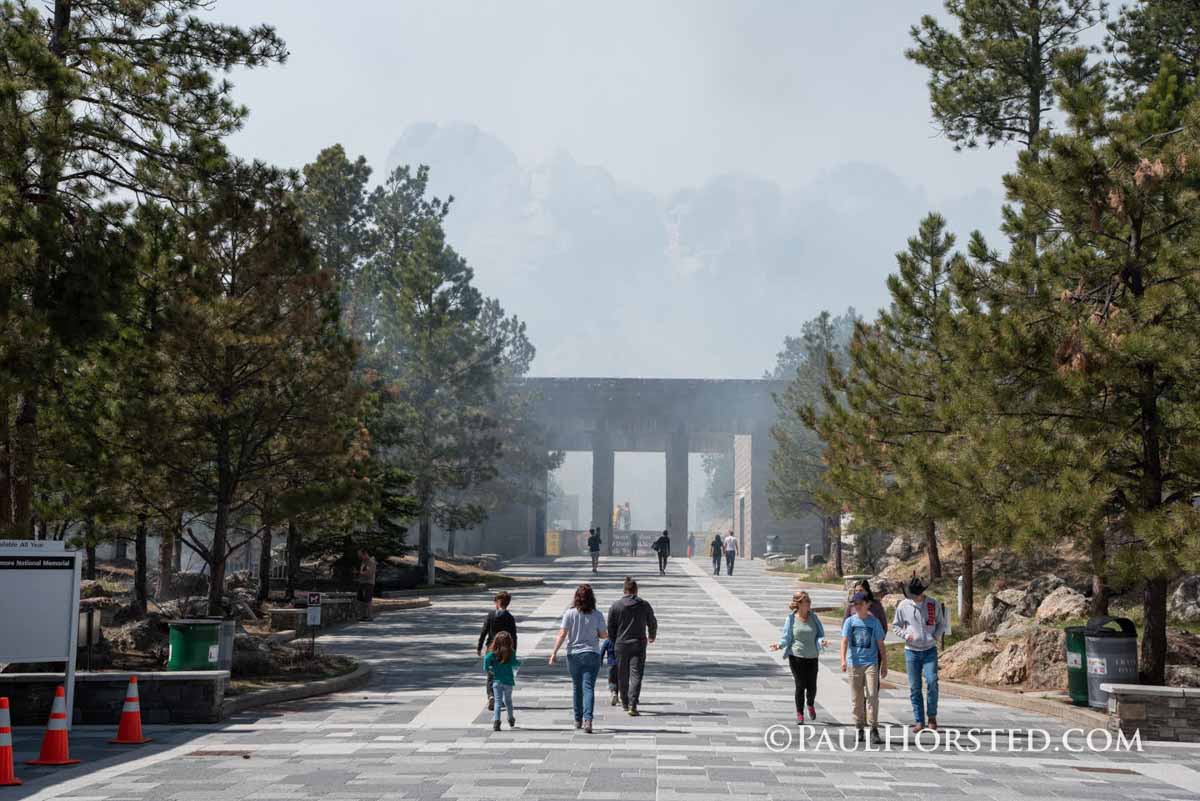
President Trump said in an interview Friday that he intends to travel to South Dakota to see the fireworks as they explode over the Mount Rushmore sculpture July 3.
The 260-acre prescribed fire completed at the Memorial April 29 was planned at least in part to reduce the chances of fireworks igniting what would be the 21st wildfire started by the devices during Independence Day ceremonies over an 11-year span.
Below is an excerpt from an article at the New York Post:
Trump confirmed the visit during a radio interview Friday with conservative pundit and news aggregator Dan Bongino, a former Secret Service agent.
“I got fireworks. For 20 years or something it hasn’t been allowed for environmental reasons, you believe that one? It’s all stone,” Trump said. “I got it approved, so I’m going to go there on July 3 and they’re gonna have the big fireworks.”
On at least two occasions, May 7, 2019 and December 18, 2019, President Trump said fireworks were going to be shot over Mount Rushmore long before the Environmental Assessment process was finished.
The exact price tag for last week’s prescribed fire has not been tabulated, but Maureen McGee-Ballinger, the Memorial’s Chief of Interpretation and Education, told us the estimated expenditure was $30,000. It was conducted by a total of 54 personnel, including 24 firefighters from the National Park Service, 8 from the State of South Dakota, 6 from the State of North Dakota, 8 from the US Fish and Wildlife Service, 4 from the Department of Defense and 2 local volunteer fire department engines.
This was the first broadcast burn ever conducted at the Memorial. One of the objectives in the Incident Action Plan for the project was to “reduce the likelihood of unwanted ignitions in this area.”
